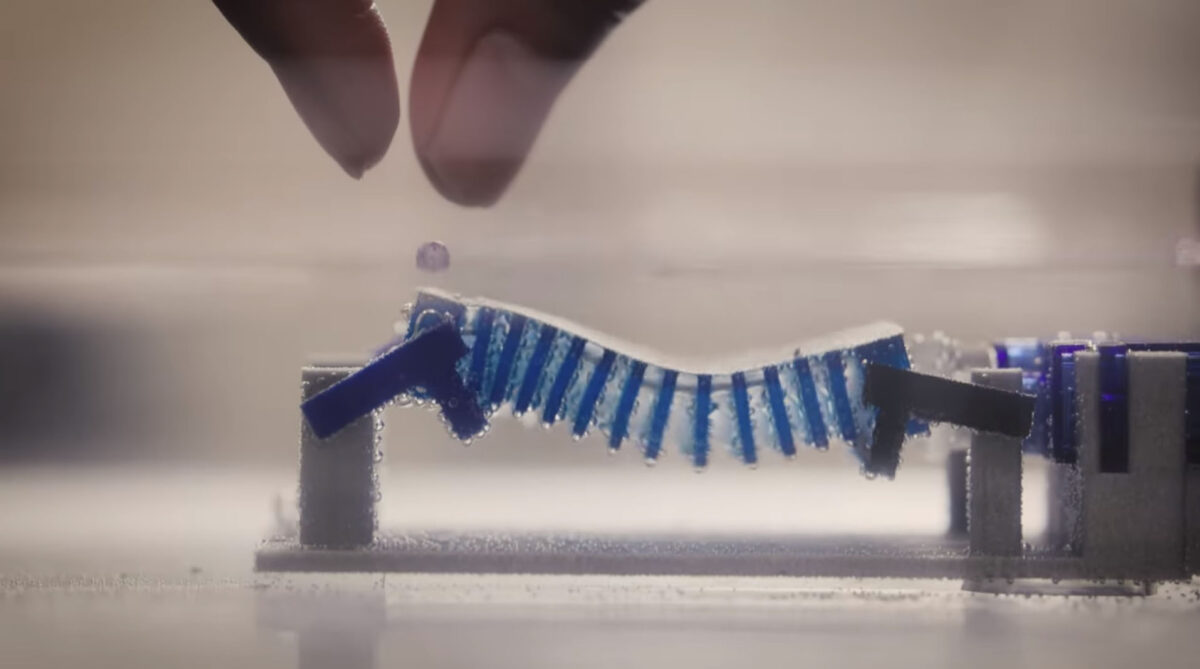Snail-Inspired Robot Takes on Microplastic Pollution

In a bid to combat microplastic pollution in aquatic environments, scientists have drawn inspiration from an unlikely source – the Hawaiian apple snail. This innovative venture has resulted in the creation of a robot prototype designed to scoop up microplastics from the surfaces of oceans, seas, and lakes.
The Hawaiian apple snail, scientifically known as Pomacea canaliculate, served as the muse for this cutting-edge robot. Found commonly in aquariums, this snail employs the undulating motion of its foot to generate water surface flow, enabling it to draw in floating food particles.
Conventional plastic collection devices primarily rely on drag nets or conveyor belts to capture and remove larger plastic debris from water. However, these methods lack the precision required to retrieve microplastics – tiny particles that can infiltrate marine life, pose health risks, and even become carcinogenic to humans. According to the United Nations Economic and Social Council, plastic waste constitutes a staggering 80% of all marine pollution, with an annual influx of 8 to 10 million metric tons into the ocean.
Enter Sunghwan “Sunny” Jung, a professor in the Department of Biological and Environmental Engineering at the College of Agriculture and Life Sciences (CALS). Inspired by the snail’s unique feeding technique, Jung and his team developed a prototype, outlined in their study titled “Optimal free-surface pumping by an undulating carpet,” published in Nature Communications.
While the robot prototype requires scaling up for practical deployment, it showcases a promising approach. Utilizing a 3D-printed, flexible carpet-like sheet with a helical structure, the robot mimics the snail’s undulating motion, creating a traveling wave on the water’s surface.
Crucial to the research was the analysis of fluid motion to understand the pumping behavior. Unlike closed systems requiring high energy inputs, the snail-inspired open system proved more efficient. The prototype, although small in scale, operates effectively on a mere 5 volts of electricity while efficiently drawing in water.
As the researchers explore scaling up the prototype for real-world application, the study underscores the importance of innovative, fine-scale retrieval mechanisms for addressing microplastic pollution. This interdisciplinary effort involves Anupam Pandey, the paper’s first author and former postdoctoral researcher in Jung’s lab, alongside co-authors from various institutions. Funded by the National Science Foundation, this research marks a significant stride at the intersection of biology, engineering, and environmental science, promising a cleaner, more sustainable future.

This a very remarkable step in the cleaning of our marine life. kudos